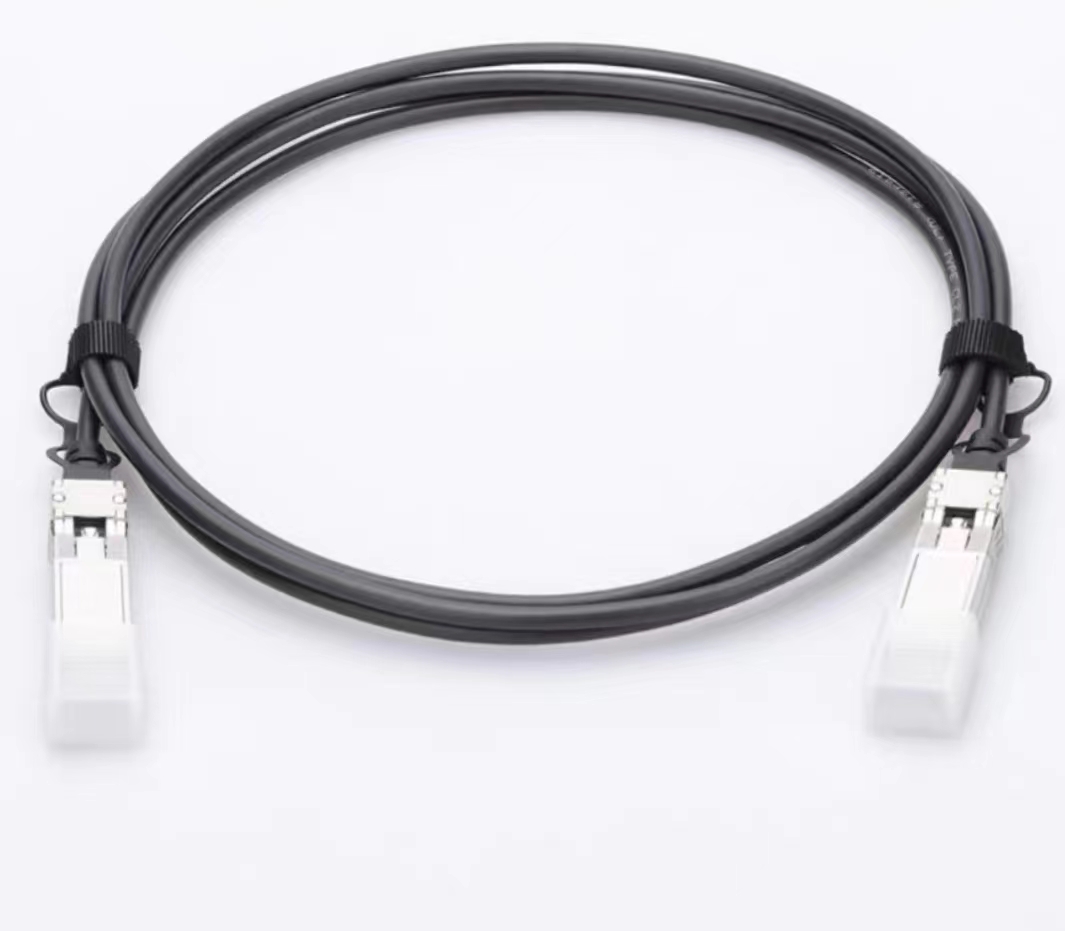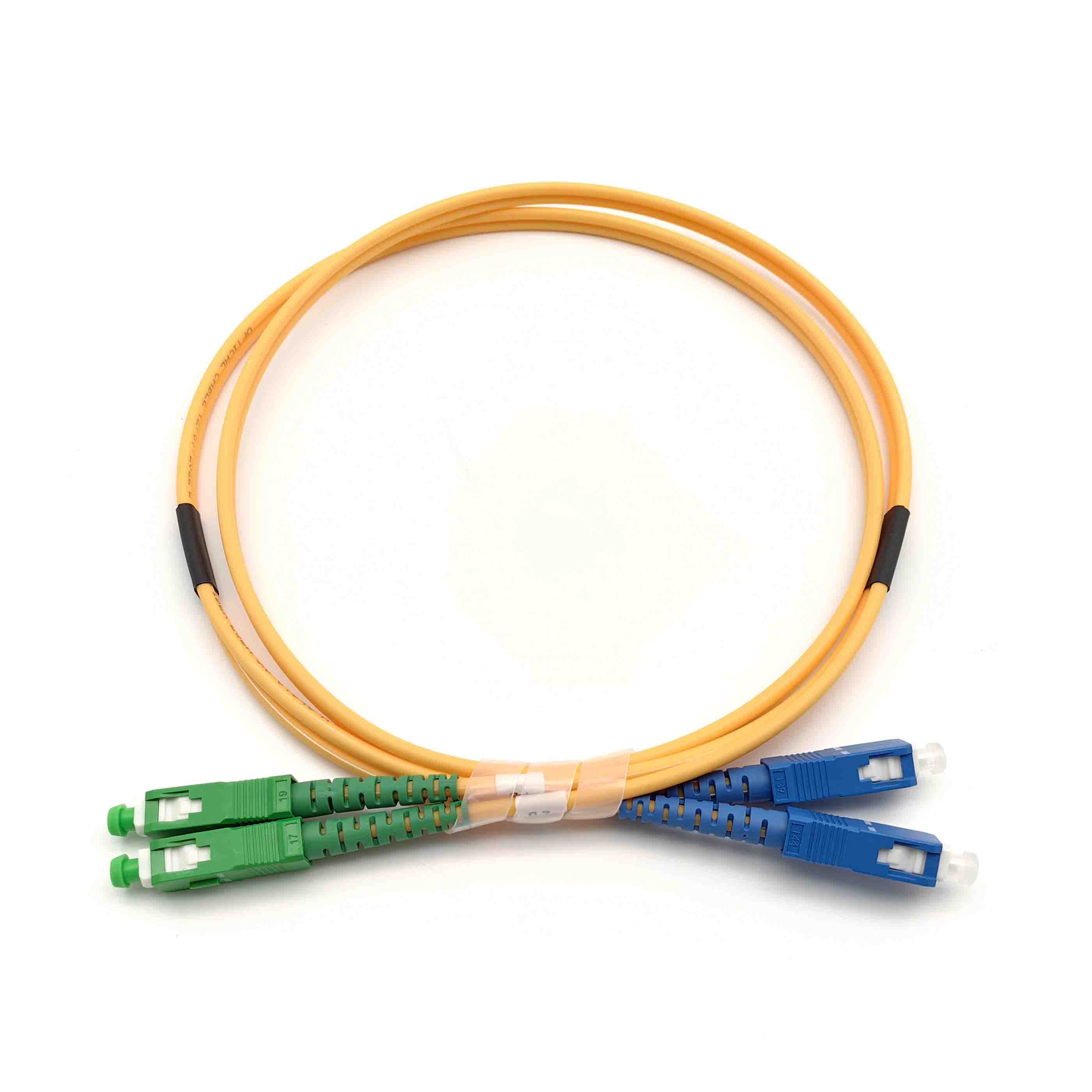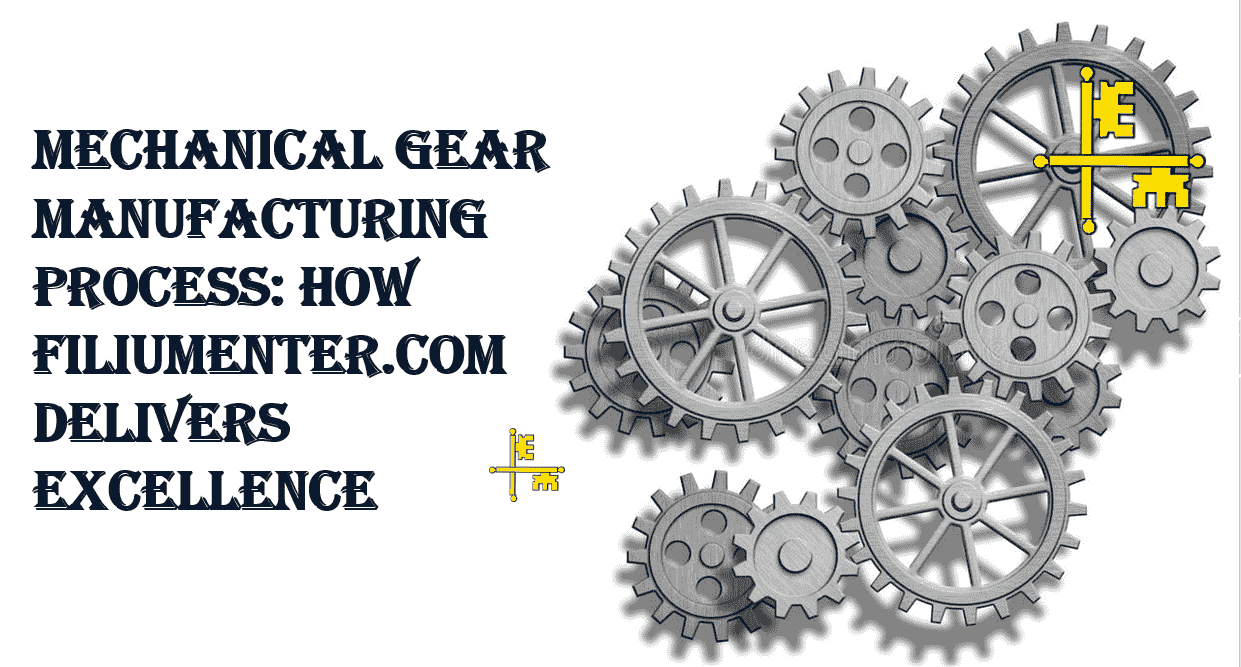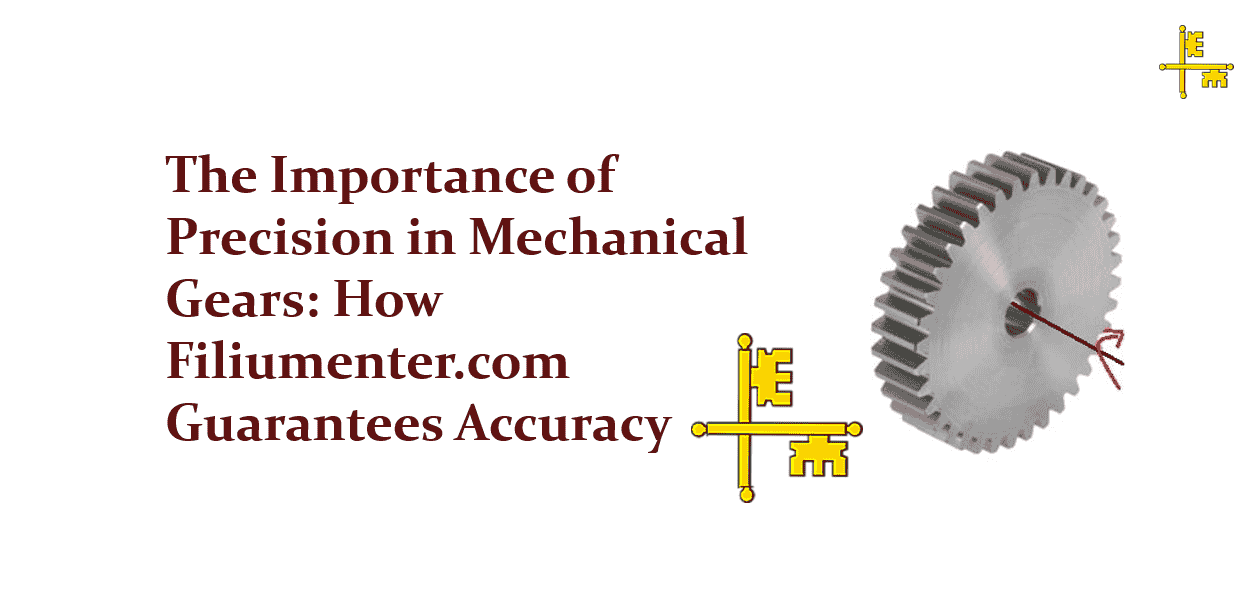How Automation Drives are Revolutionizing the Manufacturing Industry
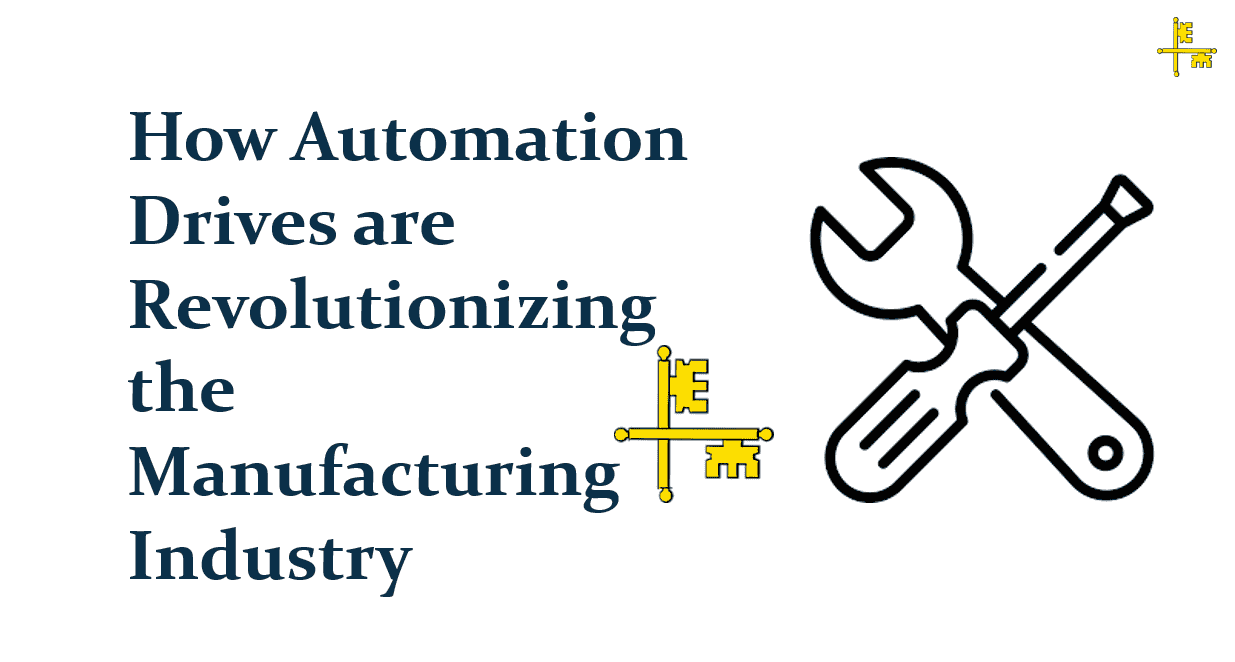
How Automation Drives are Revolutionizing the Manufacturing Industry
In today's rapidly evolving manufacturing landscape, automation drives are at the heart of significant transformations. These advanced systems are enhancing productivity, improving efficiency, and driving innovation across industries. With the integration of industrial automation drives, businesses are optimizing their operations, reducing downtime, and meeting the growing demands for precision and flexibility. Let’s explore how automation in manufacturing is revolutionizing the industry and the key benefits that come with this technological shift.
Table of Contents
- Introduction
- The Rise of Automation in Manufacturing
- What are Automation Drives?
- Benefits of Automation Drives in Manufacturing
- The Future of Automation Drives in Manufacturing
- Conclusion
The Rise of Automation in Manufacturing
Automation in manufacturing has evolved from simple mechanization to sophisticated, intelligent systems capable of controlling machinery, processes, and production lines autonomously. At the core of this transformation are automation drives, which are the essential components that regulate the speed, torque, and direction of motors used in manufacturing systems. These drives play a critical role in optimizing production processes, enhancing overall system performance, and reducing energy consumption.
Over the years, automation in manufacturing has moved from standalone machines to fully integrated, networked production lines. As a result, industries such as automotive, electronics, food and beverage, and pharmaceuticals are increasingly adopting industrial automation drives to stay competitive in a global market that demands high efficiency, low costs, and high-quality outputs.
What are Automation Drives?
Automation drives are electronic systems that control electric motors within automated machinery. These systems can vary from simple variable frequency drives (VFDs) to more complex programmable logic controllers (PLCs) that manage multiple machines. The primary function of automation drives is to adjust the speed, torque, and acceleration of motors to optimize performance based on specific production requirements.
In industrial automation drives, key components such as the controller, power supply, and feedback mechanisms ensure that the motor operates smoothly and within desired parameters. These drives enable manufacturers to control production variables with great precision, contributing significantly to process optimization and efficiency.
Benefits of Automation Drives in Manufacturing
- Increased Efficiency and Productivity
One of the most significant advantages of automation drives in manufacturing is the increased efficiency and productivity they bring. By automating repetitive tasks, manufacturers can speed up production cycles and reduce the time spent on manual adjustments. For instance, industrial automation drives can automatically adjust the speed of machines according to real-time data, ensuring that the production process flows seamlessly without unnecessary pauses or slowdowns. This improvement in throughput is vital for staying ahead in a competitive market.
- Enhanced Precision and Consistency
The precision of automated systems is far superior to manual operations. Automation drives provide precise control over machine operations, ensuring that each product meets the desired specifications. With such high levels of accuracy, manufacturers can maintain consistent product quality, reduce waste, and eliminate defects caused by human error. Whether in complex assembly lines or intricate manufacturing processes, automation in manufacturing ensures that every product is crafted to perfection, improving overall brand reputation.
- Energy Efficiency
Another crucial benefit of industrial automation drives is their ability to optimize energy consumption. Traditional manufacturing processes often involve machinery running at fixed speeds, resulting in wasted energy when the machine operates under low-load conditions. Automation drives, however, adjust motor speeds based on demand, ensuring that energy is only used when necessary. This reduces electricity costs, lowers the carbon footprint, and contributes to a greener, more sustainable manufacturing environment.
- Reduced Downtime and Maintenance Costs
The integration of automation drives significantly reduces the occurrence of unplanned downtime. These systems often come with diagnostic and predictive maintenance capabilities, allowing manufacturers to identify potential failures before they happen. By minimizing machine downtime and preventing major breakdowns, businesses can save on costly repairs and ensure continuous production. Additionally, automation drives streamline maintenance schedules by providing real-time performance data, helping to extend the lifespan of machinery.
- Flexibility and Scalability
Manufacturers today require flexibility to adapt quickly to changing market demands and new production techniques. Automation drives allow for greater scalability, enabling manufacturers to adjust their production lines based on shifting demand. With industrial automation drives, manufacturers can quickly reprogram and modify systems to accommodate different product lines or to increase production capacity without the need for major capital investments. This scalability makes automation drives an essential part of the modern manufacturing landscape.
- Improved Safety
Safety is always a top priority in any manufacturing facility. Automation drives contribute to a safer working environment by reducing the need for human intervention in dangerous tasks. Automated systems can take over hazardous jobs, such as operating heavy machinery or handling toxic materials, significantly lowering the risk of workplace injuries. Additionally, automation systems often come with built-in safety features, including emergency stop buttons and fault detection, which protect both workers and equipment.
The Future of Automation Drives in Manufacturing
As technology continues to advance, the role of automation drives in manufacturing is expected to grow even further. The rise of the Internet of Things (IoT), artificial intelligence (AI), and machine learning is driving even greater levels of sophistication in industrial automation. These technologies are enabling smarter automation systems that can learn from past operations and make real-time decisions to improve production efficiency.
Furthermore, with the increasing shift towards Industry 4.0, manufacturers are embracing connected, intelligent factories where every machine, sensor, and system communicates seamlessly. In this environment, industrial automation drives will play an even more critical role in ensuring smooth operations, predictive maintenance, and optimized performance.
Conclusion
Automation drives are reshaping the manufacturing industry, offering a host of benefits that range from improved efficiency and productivity to greater energy savings and reduced downtime. By integrating automation in manufacturing, companies are positioning themselves for success in a fast-paced, technology-driven world. As industries continue to evolve, the importance of industrial automation drives will only increase, making them a key player in the future of manufacturing. Embracing these innovations will enable businesses to stay competitive, cut costs, and produce high-quality products more efficiently than ever before.
Related Products
Here are some relevant stats and facts to support the article on how automation drives are revolutionizing the manufacturing industry:
-
Growth of Industrial Automation:
- The global industrial automation market is projected to reach $296.7 billion by 2026, growing at a compound annual growth rate (CAGR) of 9.6% from 2021 to 2026 (Source: MarketsandMarkets).
-
Productivity Increase:
- Manufacturing companies that adopt automation can see productivity increases of up to 30% (Source: McKinsey & Company).
-
Energy Savings:
- The implementation of industrial automation drives can result in 20-30% energy savings due to optimized motor control and reduced operational inefficiencies (Source: Siemens).
-
Cost Reduction:
- Automation has been shown to reduce manufacturing costs by up to 25% by increasing operational efficiency and minimizing waste (Source: Boston Consulting Group).
-
Precision and Quality:
- Automation systems can improve product quality by up to 99%, with automated systems providing higher consistency and precision compared to manual operations (Source: Automation World).
-
Reduction in Downtime:
- Predictive maintenance, powered by automation drives, can reduce unplanned downtime by as much as 50% and improve asset utilization (Source: Deloitte).
-
Manufacturing Safety:
- Automation in manufacturing can reduce workplace accidents by approximately 30% due to fewer human interventions in hazardous environments (Source: National Safety Council).
-
Adoption of Automation in Manufacturing:
- According to a study by The World Economic Forum, 58% of manufacturing executives plan to increase their investment in automation technologies in the coming years to improve efficiency and competitiveness.
-
Impact of Industry 4.0:
- The rise of Industry 4.0, which incorporates IoT, AI, and automation, is expected to contribute $14.2 trillion to global GDP by 2030, with manufacturing being a major beneficiary of this transformation (Source: McKinsey & Company).

